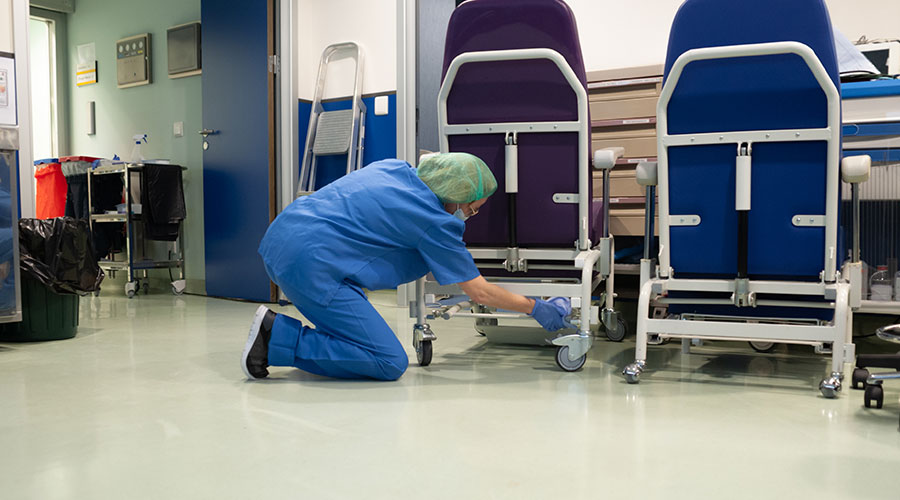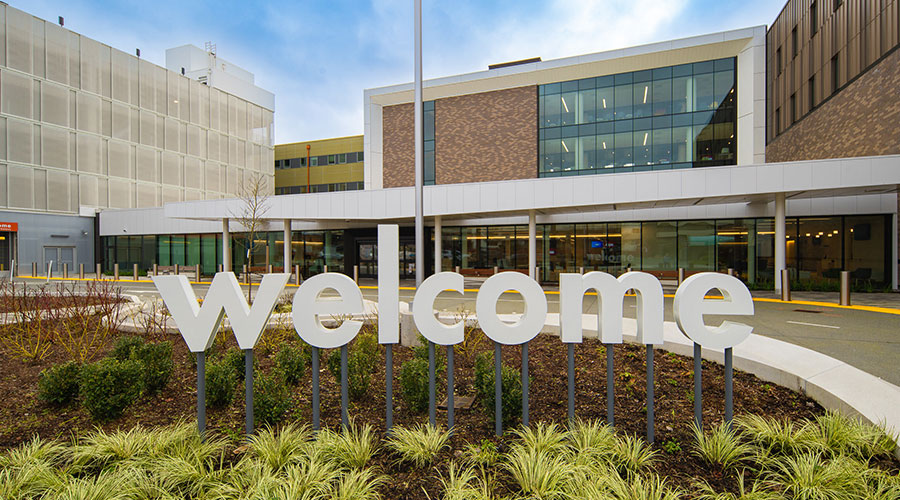Violent incidents in healthcare facilities have become increasingly common. Though, to get a better look at how many incidents happen each year, let’s get a closer look at the data.
The following are statistics about criminal incidents in 2022 in healthcare, according to the International Association for Healthcare Security and Safety Foundation (IAHSS Foundation):
- The rate of disorderly conduct was 52.2 incidents per 100 beds.
- The rate of assaults was 22 incidents per 100 beds.
- The rate of thefts was 5.6 incidents per 100 beds.
- The rate of vandalism was 2.8 incidents per 100 beds.
- The rate of violent crimes was 1.9 incidents per 100 beds.
- The rate of motor vehicle theft was 0.6 incidents per 100 beds.
- The rate of burglary was 0.5 incidents per 100 beds.
Staff training is key to combatting the incidence of crimes and violence in healthcare facilities. However, a report from the Crisis Prevention Institute (CPI) found that one in five healthcare workers feel unsafe at work. Meanwhile, 82 percent of organizations are at a high risk of an unsafe work environment. The report also found that 33 percent of healthcare organizations report they use system-wide de-escalation training for all staff.
These are some interventions for defusing aggression as recommended by The Joint Commission:
- Use verbal communication methods that are clear and calm. Staff attitudes should be non-confrontational in the use of words. Avoid using healthcare terms or abbreviations.
- Use non-threatening body language when approaching the individual.
- Approach the individual with respect, being supportive of their issues and problems.
- Use risk assessment tools for early detection and intervention.
- Staff attitudes, knowledge and skill in using de-escalation techniques must be practiced and discussed in an educational format.
- Respond to the individual’s expressed problems or conditions, as this will help create a sense of trust with the healthcare staff.
- Set clear limits for the individual to follow.
- Implement environmental controls, such as minimizing lighting, noise and loud conversations.
“The key is that there is predictable escalation of a crisis moment,” Tony Jace, chief executive officer at CPI, previously told Healthcare Facilities Today. “How staff interact with patients or visitors in these moments and apply strategies at every stage of a crisis can either de-escalate or escalate a situation. That’s why de-escalation training for all staff is incredibly important.”
Jeff Wardon, Jr., is the assistant editor of the facilities market.

 Seeking Standards for Microbial Loads in Healthcare Facilities
Seeking Standards for Microbial Loads in Healthcare Facilities UCR Health Unveils Plans for Major Expansion
UCR Health Unveils Plans for Major Expansion High-Performance Windows Support Safety at UW Medicine's New Behavioral Health Center
High-Performance Windows Support Safety at UW Medicine's New Behavioral Health Center Central Maine Healthcare Dealing with IT System Outage
Central Maine Healthcare Dealing with IT System Outage Kaiser Permanente Opens Newly Expanded Everett Medical Center
Kaiser Permanente Opens Newly Expanded Everett Medical Center